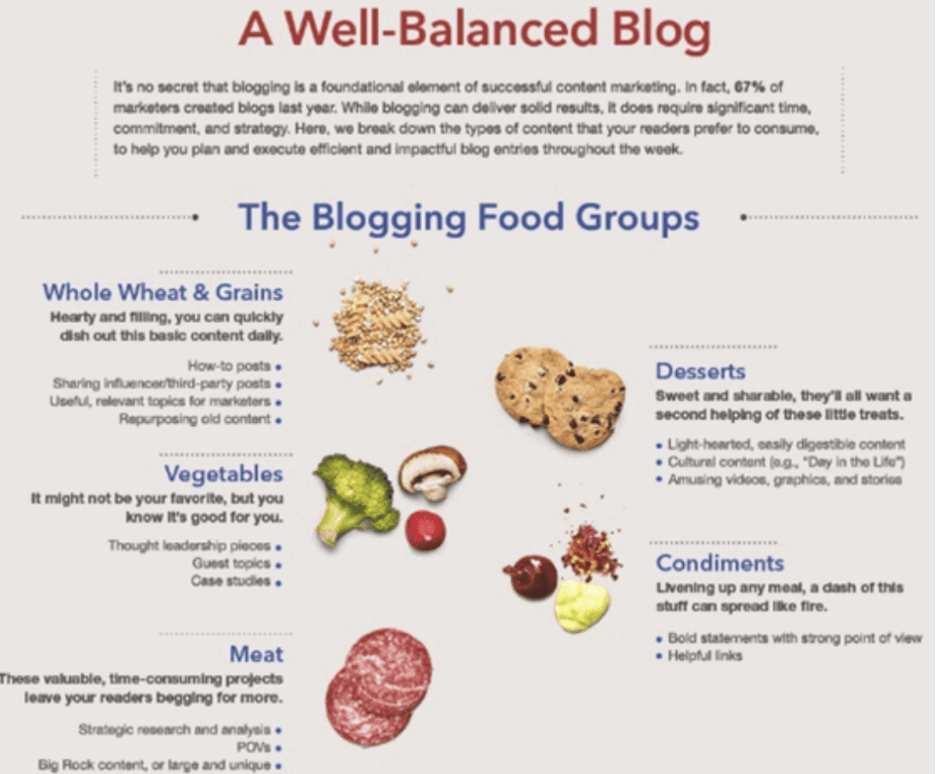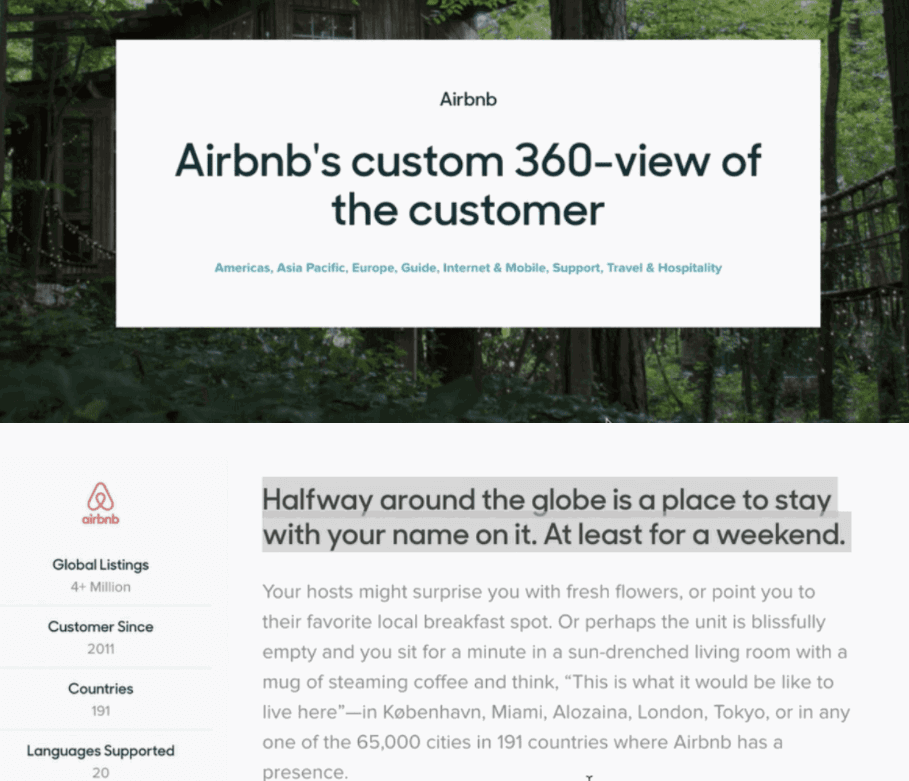How to Improve Content Engagement Rates
Engagement plays one of the most important roles in Social Media, Google and Email. If you want to increase your engagement rates - implement the steps outlined below and watch the numbers go up!

Aug 17 2021●10 min read

"Content is King," famously stated Bill Gates in a 1996 essay. But today is all about the quiet part of content marketing that is only now getting a lot of attention - engagement. And we think of her as a Queen because there would be no ranking or sales without her. The Queen is the lady who rules the house, and engagement certainly does that on Google, Email and Social Media.
What is content engagement a.k.a the Queen?
It’s an action a user takes on a given piece of content or a web page. You usually measure it by the received number of likes, comments, shares and mentions.
Prioritizing engagement and learning how to improve it can assist in:
- Boosting your marketing reach and ROI,
- Improving brand awareness,
- Bringing in new customers.
Choose the right content for the highest engagement rate
To properly execute your digital marketing strategy, you must develop a content strategy. And depending on your brand voice, how you want to appear on social media and your target audience, there are certain types of content that will attract the most engagement.
But before you even start building your strategies, your need to decide on the content you want to create as the next things you’ll need to consider are:
- Resources,
- Time,
- Money,
- Distribution channels.
To help you out, here is the list of key types of content and how brands are using them to increase their own engagement. Consider the following and choose which one will be most beneficial to include in your next marketing strategy:
- Blog posts
BarkBox is pushing the boundaries of content marketing. They use pet-related content to elicit the emotions you want users to associate with your brand, which helps build relationships with customers.
The majority of their blogs are both entertaining and educational. There are blogs about the best chew toys for dogs and how to tell if your dog's eye goop requires a trip to the vet.
It's not surprising that they're ranked 11th in the 'Pets and Animals' category!

- Video content
IKEA released a series of 25 minute ASMR videos for their ‘Oddly IKEA’ campaign.
The goal of this campaign was to relax college students through the use of ASMR. They made these videos to help people "unwind and decompress", and it went viral. The video has been viewed over 1.7 million times on YouTube, with over 5,000 fans commenting on how IKEA has indeed helped them relax.
It’s clear that videos make learning about the campaign easier. But what IKEA managed to do with this campaign is to prove that you can absolutely feature your products or services in the advertising content, while also offering your audience something of intrinsic value — especially when enhanced with features like AI voice cloning to deliver personalized and engaging narration.
Don’t forget that video content increases conversion rates.

- Infographics
Infographics are definitely a good fit for social media these days. They are both informative and visually appealing.
LinkedIn took matters into their own hands and published a food infographic. With their 'Well-Balanced Blog' infographic, they demonstrated how you should mix up your content to provide the best balance to your readers.
This type of content, particularly what LinkedIn did, is unique, creative, entertaining, and educational. If this doesn't boost engagement, we don't know what will.

- Case studies
Consider the Airbnb case study from Zendesk. The partnership between Zendesk & Airbnb is written in the form of a blog, yet it still captivates readers by emphasizing Zendesk's helpfulness and providing beautiful Airbnb locations.
This case study gives buyers the context they need to determine whether their service is a good fit and whether their values align with the brands.
This type of feedback and analysis from others is critical for Airbnb, as it helps guests make wise travel plans while also giving hosts more confidence to open their homes.

- Email newsletters
When creating a newsletter, consider the format, design, and messaging. Medium took advantage of these opportunities and turned them into assets.
If you've ever received a Medium newsletter, you know how clean and simple they are. Despite this, they never fail to impress with the volume of content they produce on a consistent basis. To improve the user experience, they also show you how long it might take to read each article.

Tip: We have certainly taken a page from Medium’s playbook and built our own newsletter, outlining marketing industry news every two weeks.
Now, as much as the content of these newsletters is important, take a cue from Medium and make sure you are as in tune with your audience as they are with you. They did an excellent job of optimizing their newsletter.
Key takeaways:
- Use blog posts to create an emotional connection with your customers,
- Create videos showcasing your products whilst also managing to help your target audience,
- Create infographics to tell visual educational, unique stories,
- Include case studies in your blogs to build rapport with potential customers,
- Optimize your newsletters to meet the needs of your readers.
4 hacks to improve your content engagement game
If you tried out the steps given before, there are some things you still can do to increase engagement rate a.k.a wake the Queen up.
- Be controversial. No matter the topic.
Start discussions, make polls, and have conversations on social media. Take a unique approach to any topic and invite people to respond. This can assist you in increasing engagement and learning more about your audience.
2. Hop on the trend.
Something is always trending. Discuss it, join existing conversations, see the trend from your perspective, and share it with others. Creating content that people want to see is simple and provides immediate visibility.
You can set up Google Alerts for terms related to your target audience to ensure that you don't miss out on any trends.
3. Build trust with your audience
People trust in people, not brands. Only 1 in 3 consumers trust the brand they buy.
Consider teaming up with influencers or inviting celebrities to a webinar. If a well-known person endorses your product, you are more likely to raise brand awareness, which means more people are aware of you, which leads to more people engaging with your posts as they gain trust in you.
4. Create high-quality content
2.75M blog posts are published daily. To stand out, not only that your blogs need to be flawlessly structured, with the right amount of images and about the topic your audience is interested in. It also has to be high quality, meaning:
- Authentic,
- Insightful,
- Providing new perspectives,
- Could be controversial (as mentioned above).
5. Thank customers on Social Media
Show your appreciation and gratitude to your long-term customers. Customers feel valued and heard when they are thanked. You would have a higher possibility of:
- Improved perception of your brand,
- Increased likelihood of upselling,
- Increased number of satisfied customers.
Key metrics to track with analytics tools
Whatagraph enables you to create cross-channel reports and provide in-depth analysis of how a specific campaign or channel performed. When it comes to engagement, you should be keeping track of:
- Engaged users,
- Total likes,
- Total interactions your pages received,
- Bounce rate,
- Page/Scroll depth,
- Sessions.
These metrics are necessary to monitor because they show how well your content is meeting the needs of your target audiences. Higher engagement rates indicate that your content is performing well and your audience is finding your content beneficial.
You should track and monitor these metrics because they will provide you with data to make informed decisions and learn about the users who have interacted with your content.
Conclusion
Your audience and engagement rate have a significant impact on your overall profitability. The number of users who interact with your content is directly related to the number of sales you will make.
Remember to embrace data and use it to develop content and digital marketing strategies.
Whatagraph is offering a 7-day free trial to demonstrate how using data to increase engagement could be accomplished. Your current social media channels and campaigns contain a wealth of potential and data that can be used to take the first steps toward improving your overall marketing strategy.

WRITTEN BY
Dominyka VaičiūnaitėDominyka is a copywriter at Whatagraph with a background in product marketing and customer success. Her degree in Mass Communications/Media Studies helps her to use simple words to explain complex ideas. In addition to adding value to our landing pages, you can find her name behind numerous product releases, in-app notifications, and guides in our help center.